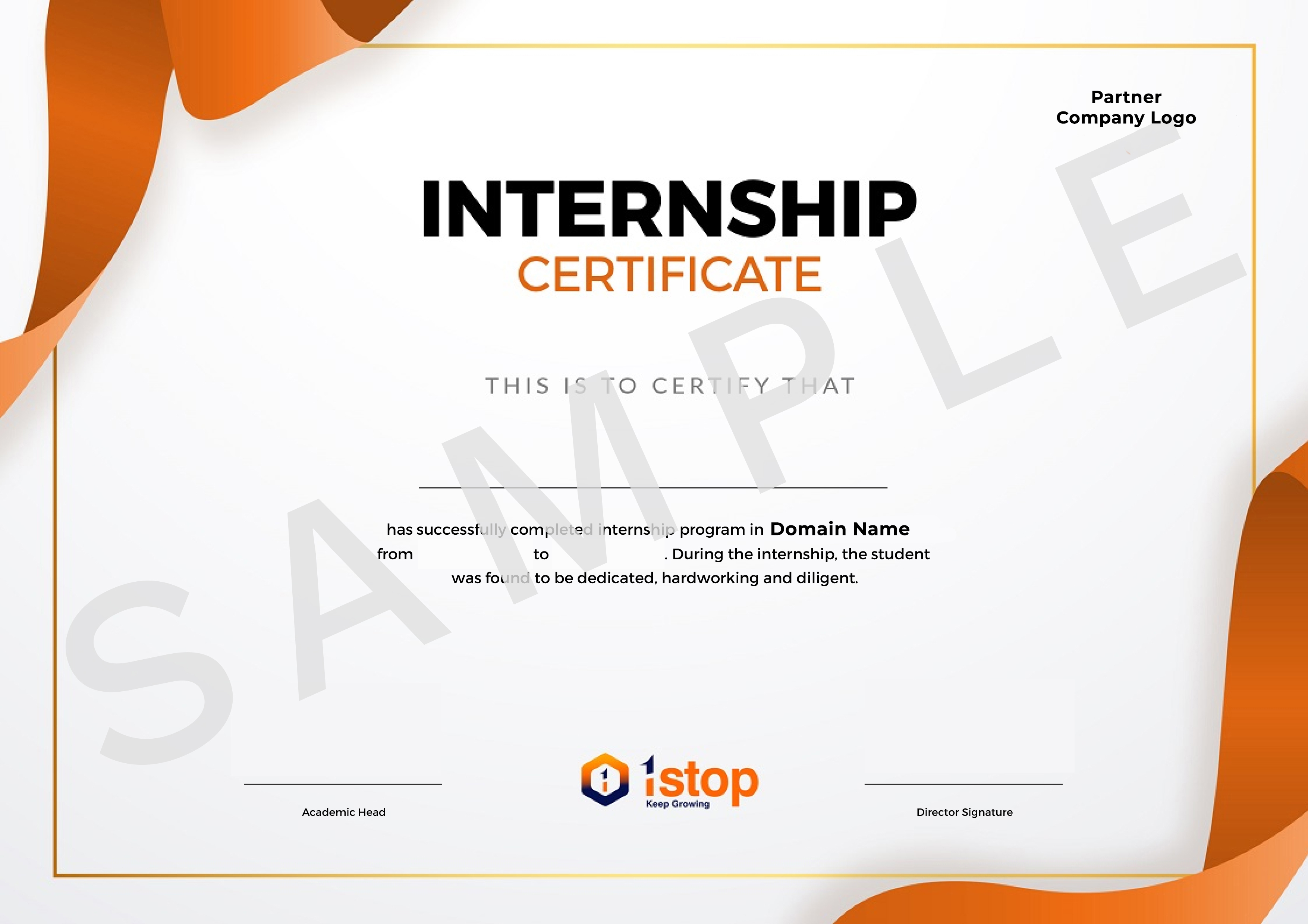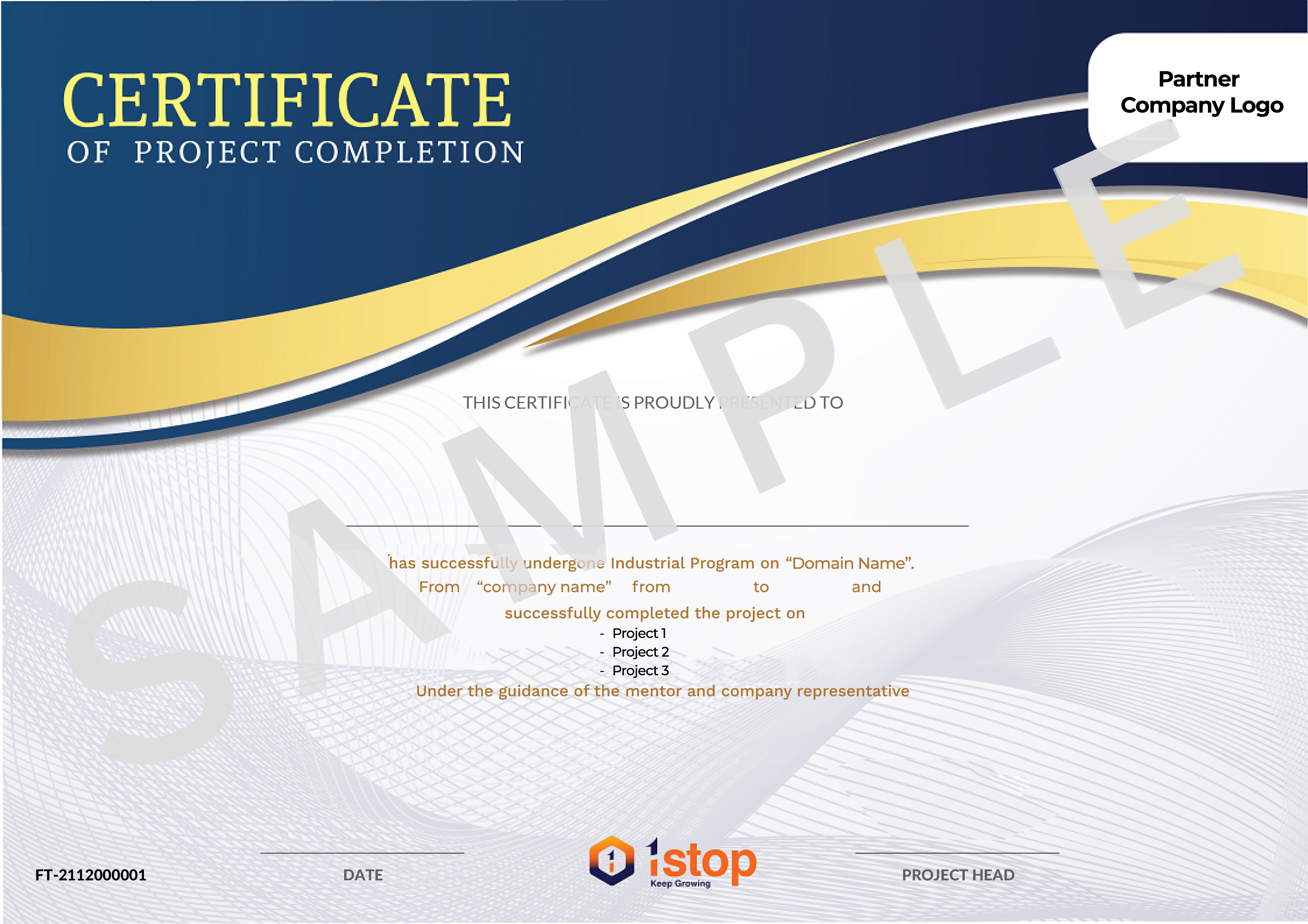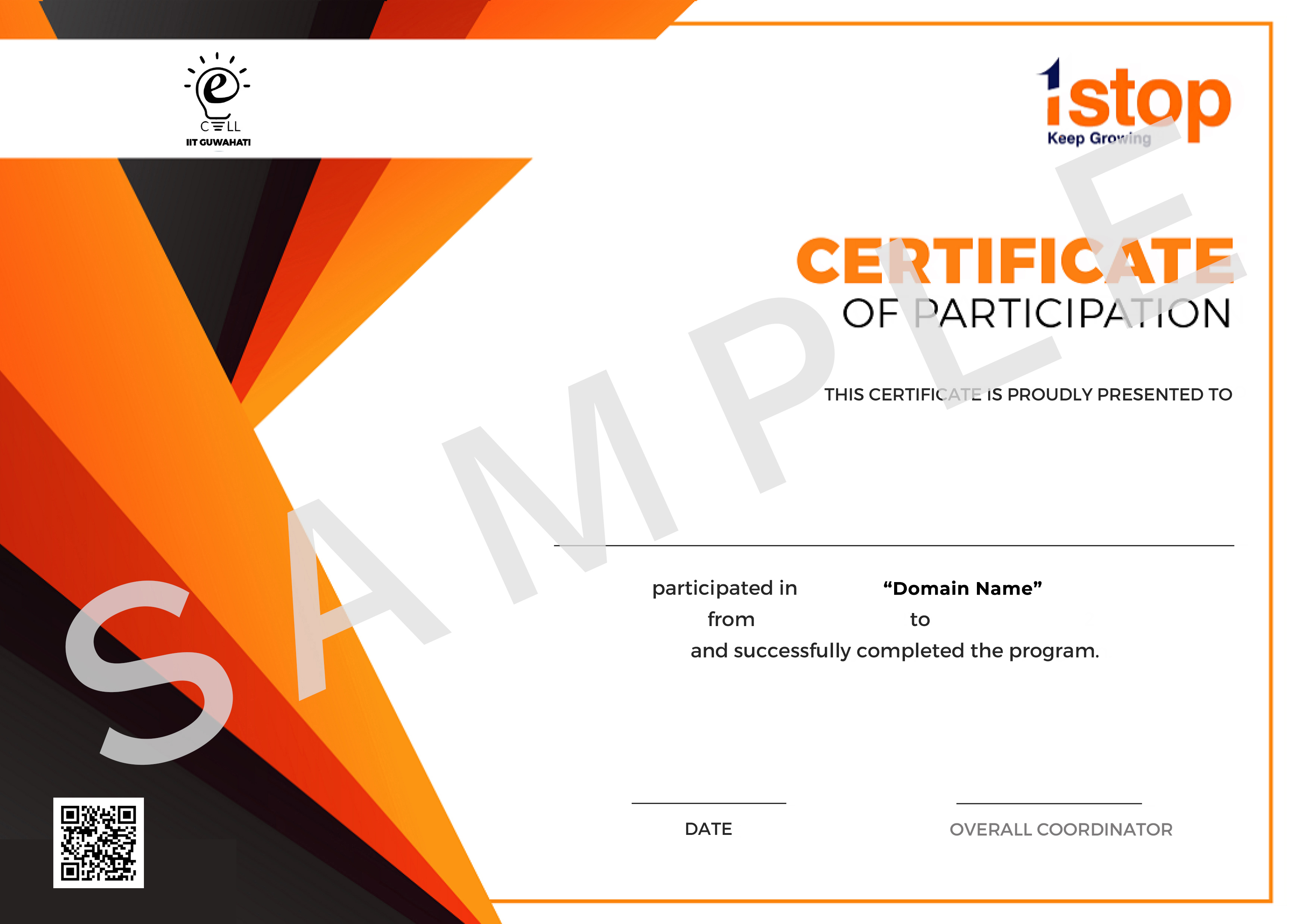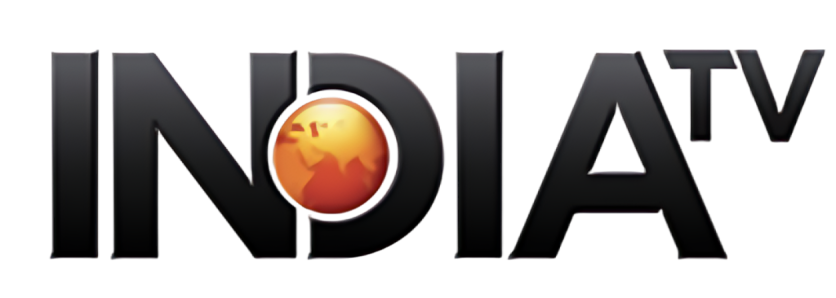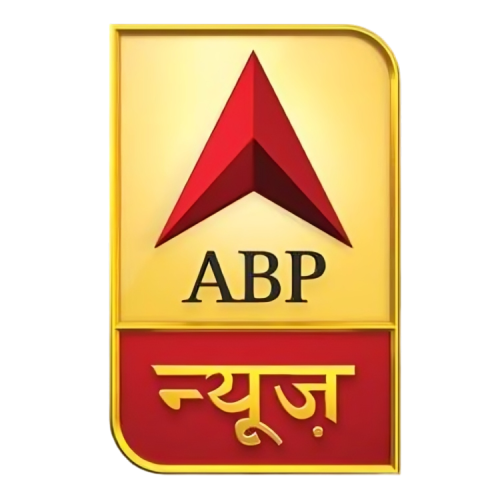
Data Science : Microsoft Azure Artificial Intelligence Fundamentals
- 1. Self Paced ~ 18 Hrs
- 2. MCF Certificate on successful completion
- 3. Unlimited lifetime access to the course
Earning Potential
- 1. Azure DevOps engineer: $126,096 on an average annually.
- 2. Azure cloud engineer: $130,233 on an average annually.
- 3. Azure data engineer: $122,746 on an average annually.
What will you learn?
- 1. Python for Data Science
- 2. Introduction to Statistics
- 3. Theoretical knowledge and practical aspects of Machine Learning
- 4. Basic knowledge of Artificial Intelligence
- 5. Neural Networks and working
- 6. LSTM and sequence prediction
Skills Gained
- 1. Gain knowledge of common ML and AI workloads and how to implement them on Azure.
- 2. Associate or Azure AI Engineer Associate
- 3. Azure AI Fundamentals can be used to prepare for other Azure role-based certifications like Azure Data Scientist




